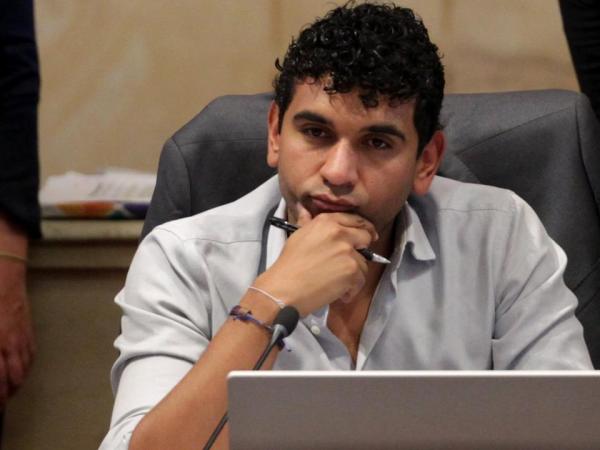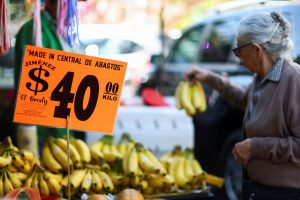The dollar in Colombia started the week downward, closing this June 5 with an average price of $4,306, a trend that has been maintained in recent trading days, despite the country’s complex political environment.
(See: Minimum price of the dollar in Colombia ended this Monday at $4,265).
And it is that the government of President Petro is facing one of its most critical moments, in the midst of delays in the discussion of his government’s reforms, the increase in management disapproval and the departure of several of his officials.
Given this scenario, the question that arises is What has been the impact that this situation has had on the dynamics of the dollar trade? This is what the experts say.
The current political scenario
To enter into context, recently, the president of the House of Representatives, David Racero, announced that the discussions of the government reforms that are being processed before Congress are going to be temporarily ‘frozen’.
The announcement comes after the crisis caused by the scandal between Armando Benedetti, former ambassador to Venezuela, and Laura Sarabia, former chief of staff, who left their posts last week.
The decision could impact the approval of the bills, since the current legislature is less than 15 days away from going into recess.
(See: What is coming for the reforms after the freezing of discussions).
According to Daniel Velandia, managing director and chief economist of Research at Credicorp Capital, one of the biggest concerns on the part of investors is related to the potential fiscal impact that the reforms presented could have in the medium and long term.
In this sense and in relation to the behavior of the US currency, the expert points out that “What we have seen today, particularly in the dollar, is the reaction by investors to a lower probability that these reforms will come to fruition and therefore fewer future risks in fiscal terms”.
David Racero, Speaker of the House of Representatives.
Cesar Melgarejo. TIME
What else is behind the declines that the dollar registers
Jhon Jairo Bustos Espinosa, a professor at the Universidad El Externado and founding partner of Insignares & Bustos Asociados, points out that the downward trend of the dollar can be explained by market reasons, mainly due to the increase that foreign direct investment has reached.
The expert points out that the increase in this indicator has generated divided opinions regarding the factors that are driving it.
On the one hand, the causes would point to the fact that, as a result of political instability, media scandals and unexpected movements such as changes in the ministerial cabinet, it would be generating “a devaluation in companies and the market”a situation that some investors would see as an opportunity to buy and invest “cheap”.
On the other hand, there are also those who point out that the current government management is generating investor confidence.
(See: Key Petro reforms struggle to stay afloat.)
“However, taking into account the hectic political movement that the Government has had in recent weeks, I tend to lean towards the first thesis, that is, we are an attractive focus at this time for foreign investors to take advantage of the “instability” and risk investing and buying at a lower value if they compare us with another country in the region”indicated Bustos
For his part, Fabio Castro, general manager for Capital Investment Partners, explains that the behavior that the currency is presenting in the emerging markets could be related to external factorssuch as the cut in oil production or the possibility of the United States entering a recession.
“The factor that I consider to be the strongest is the negotiation of the debt ceiling in the US, this in order to ensure that there is no default on its debt as such. This means that assets in emerging markets have strengthened against the dollar”added the expert.
BRIEFCASE














